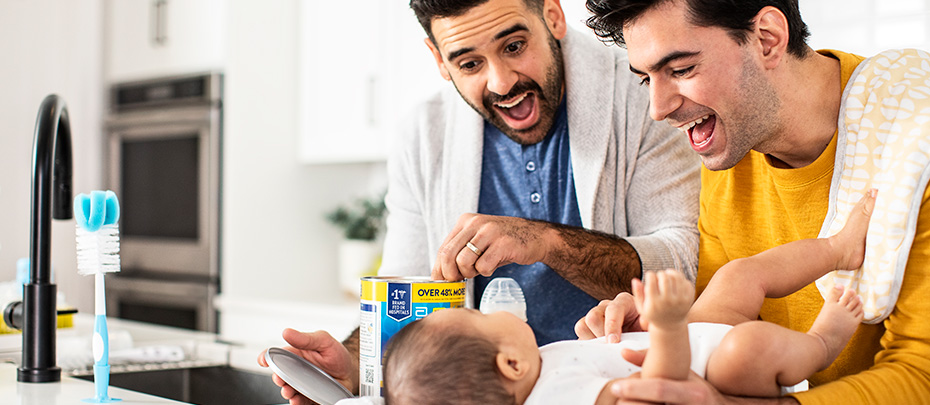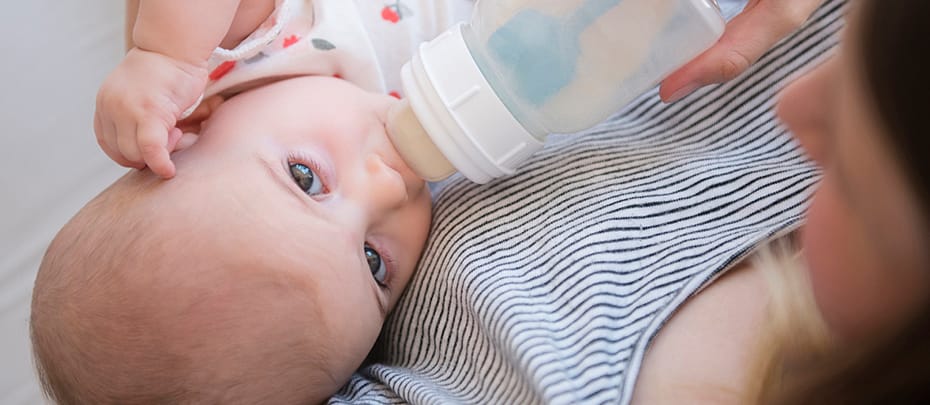How to Safely Prepare Powder Baby Formula
- Sub Heading
-
When preparing baby formula, it's important to follow the instructions on the label.
- Duration
-
MAR. 12, 2024 3 MINUTE READ - Description
-
Key Takeaways:
• Parents and caregivers have so much to juggle with a new baby. Whether learning for the first time or refreshing your knowledge, knowing how to safely prepare powder baby formula is essential.
• A January 2024 article in Consumer Reports raised concerns about the accuracy of automated baby formula makers in delivering the correct formula-to-water ratios.
• When preparing baby formula manually, follow the label instructions on the container to ensure proper handling and preparation each time. With the right preparation, you can help ensure a nutritionally complete bottle for your baby.




Social Share